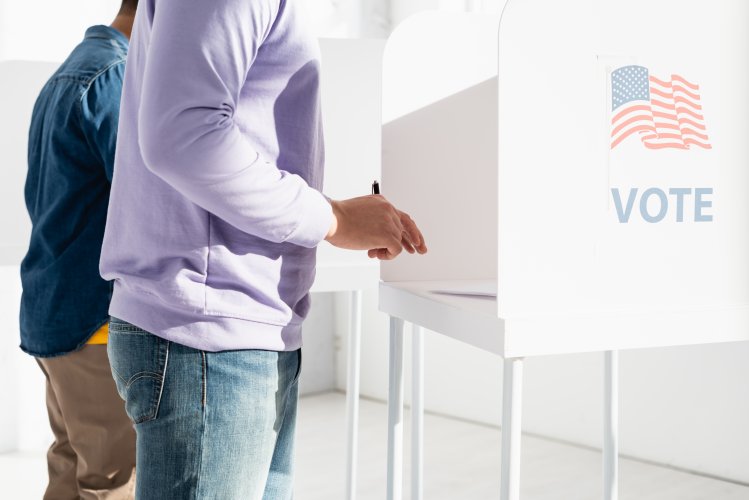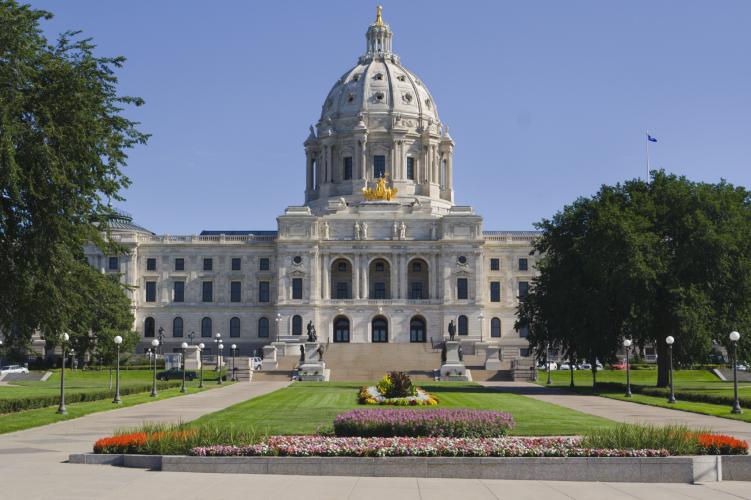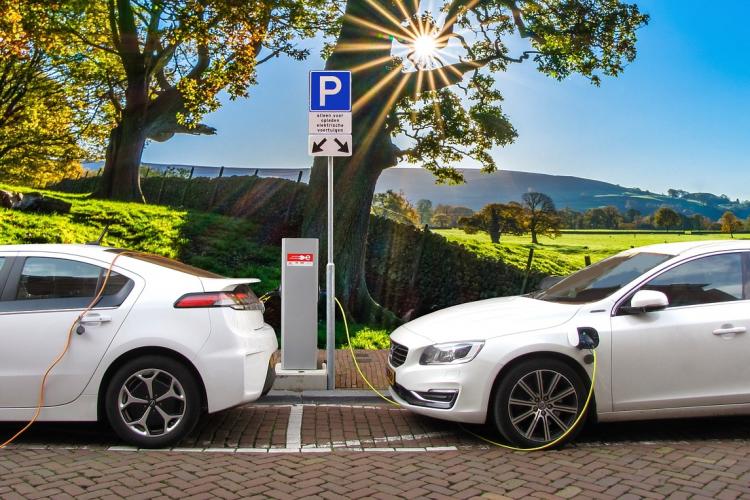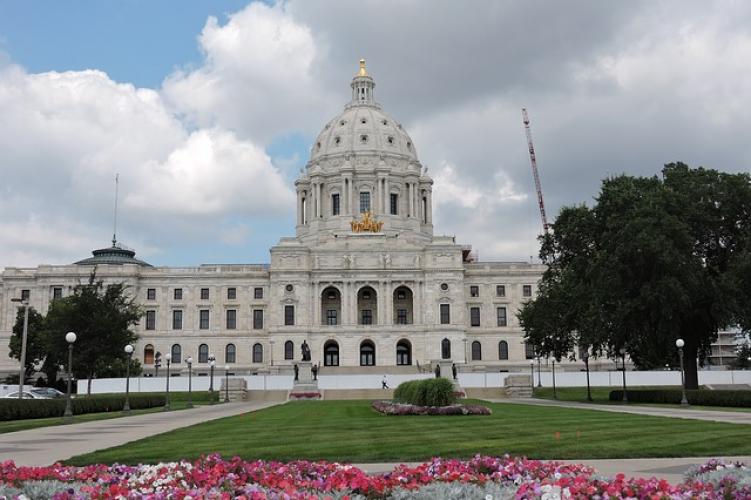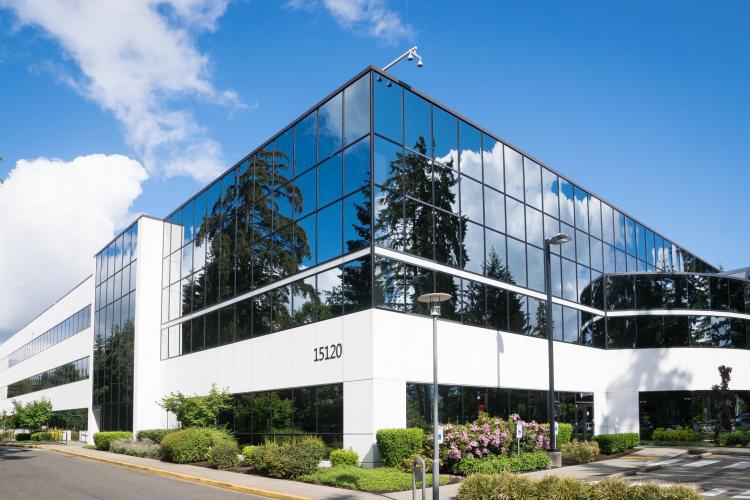Minnesota
Over $1 Billion in Federal Funds Flow into the Midwest: Energy Efficiency’s Role in CPRG Implementation Awards
The Climate Pollution Reduction Grants Program
In July 2024, the United States Environmental Protection Agency (EPA) announced 25 awardees of nearly $5 billion in Climate Pollution Reduction Grants program (CPRG) implementation awards. In early September, the EPA announced another $300 million in grants to 33 tribes and one territory in the final phase of planned CPRG funding. CPRG is one of several funding streams from the 2022 Inflation Reduction Act designed to reduce greenhouse gas (GHG) emissions and advance environmental justice.
A Breakdown of the New Minneapolis Climate Equity Plan
On July 20, 2023, the Minneapolis City Council approved the city’s new Climate Equity Plan (Equity Plan), which outlines strategies for the city to reach net-zero emissions by 2050 by centering equity, environmental justice and public health.
MN Continues to Move the Needle on EE Investments
The Minnesota legislature has concluded its 2023 session, but not before passing an expansive energy package, HF2310. Minnesota has a history of bundling individual bills into omnibus bill packages to pass legislation. Ultimately, the House climate and energy package was folded into the House environment and natural resources package, with that combined omnibus bill passing the House on April 17.
Efficiency Rundown in the U.S. Energy and Employment Report
It is imperative that opportunities to tackle climate change and create well-paying jobs in the United States exist concurrently. As the country’s economy changes and the prevalence of carbon-free energy sources grows, it has become increasingly important to understand how employment in the energy sector is also growing and changing. The U.S.
The City of Minneapolis’ Progress Towards Energy Efficiency and Green Building
The Effects of Electric Vehicles in Minnesota in 2030
As awareness and usage of electric vehicles (EVs) grows across the U.S., Minnesota has taken a strong stance towards becoming an EV leader in the Midwest. With the recent adoption of its low-emission vehicle (LEV) and zero-emission vehicle (ZEV) standards, Minnesota is increasing access to EV options for purchase as well as attempting to reduce transportation emissions – its highest-emitting sector.
Minnesota Passes the ECO Act, a Modern and Expansive Update to its EE Framework
Last week, the Minnesota legislature passed a major update to the state’s energy efficiency policy framework. The Energy Conservation and Optimization (ECO) Act passed both the House and Senate after a conference committee reached a compromise on the remaining areas of disagreement between the two chambers. The Act was signed by Governor Walz on May 25th.
Building Relationships with Midwestern Policymakers
MEEA’s policy team has spent 2019 traveling throughout the Midwest to meet with state legislators, regulators and policymakers. MEEA serves as the region’s trusted source on energy efficiency and promotes how states can maximize energy savings pursuant to their specific policies. We share regional best practices and research with governors’ administrations, legislators and regulatory bodies as they develop energy plans, policy priorities or other state and local policy initiatives. The 2018 state election results presented ample opportunity for MEEA to act as a positive, nonpartisan voice for energy efficiency.
Buildings are the Biggest Energy Users. A Minnesota Town is Doing Something About It
Big cities aren’t the only ones making sustainable communities a priority.
On June 4, 2019, the Edina, MN City Council approved the Efficient Building Benchmarking Ordinance encouraging building owners to track and reduce their energy use. The initiative requires owners of existing commercial and multifamily buildings over 25,000 square feet to benchmark their building's energy d ata. Edina is now the second city in Minnesota (after nearby Minneapolis) to require benchmarking.
